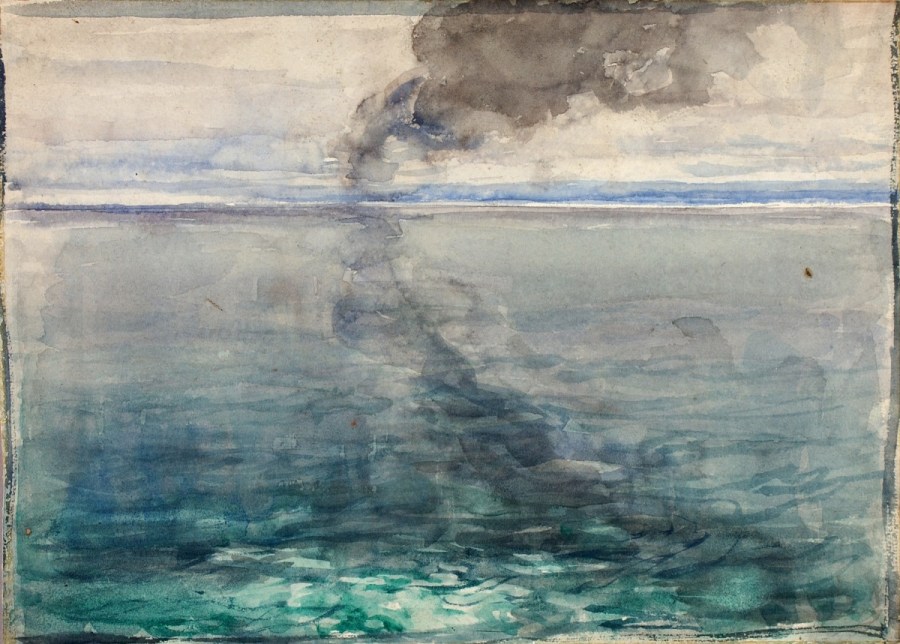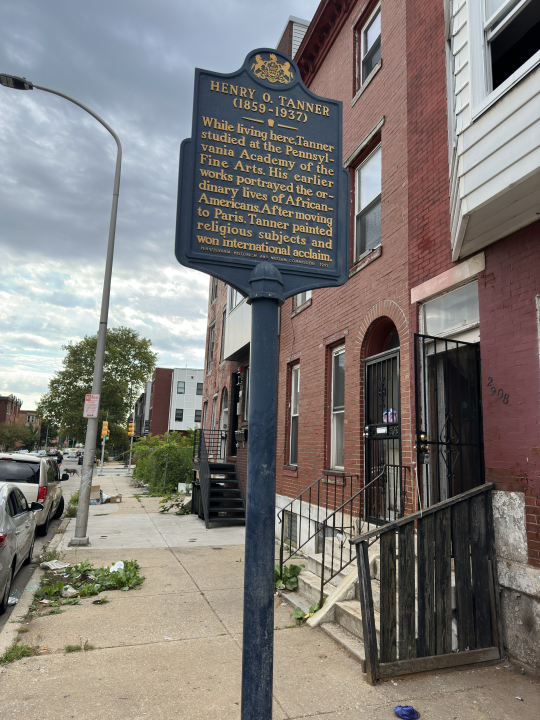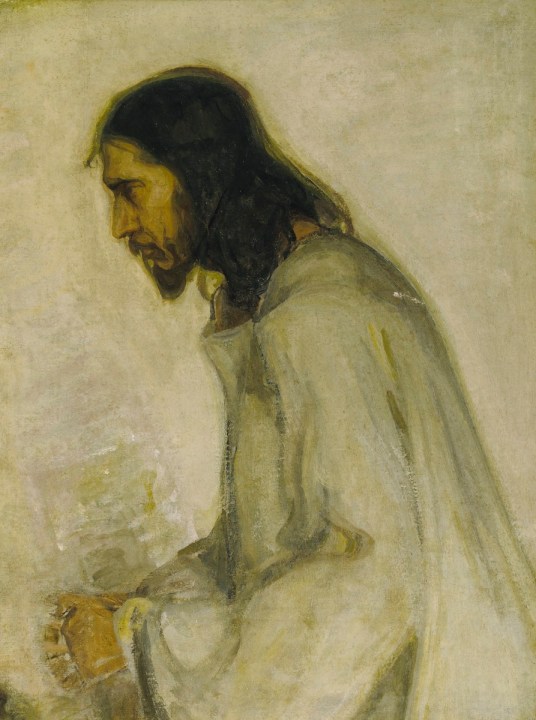As part of Black History Month, NewsNation is celebrating artful and creative pioneers within the Black community who have left an indelible mark on the arts and shattered barriers for other minority artists in the U.S. and in the world. Read about more impactful artists here.
(NewsNation) — Henry Ossawa Tanner’s legacy as a renowned 19th and 20th-century artist is rooted in faith, nature and intimate scenes of Black American life.
Tanner was the first Black painter to have his work purchased by major American museums. His art has received medals from Salon, the official art exhibition of the Académie des Beaux-Arts in Paris, the Pennsylvania Academy of Fine Arts, Art Institute of Chicago, New York National Arts Club, and New York City Grand Central Art Gallery.

A minister’s son, Tanner found inspiration in religion, evidenced in his popular oil paintings, “The Savior,” and “The Annunciation.” His works also drew on influences in nature and, as seen in “The Banjo Lesson” and “The Thankful Poor,” his art depicted everyday African American life in a way that cut against the mistresses and caricatures of Black representation at the time.

“The humanizing representations and his focus on what we thought of ourselves, rather than what was being portrayed about us in the public, really set forward for African American artists to be able to do that and expand on that,” said Christopher Rogers, a co-coordinator at Friends of the Tanner House, an organization dedicated to preserving the artist’s Pennsylvania home and historical site.
Tanner’s art studies began in Philadelphia, but racism and discrimination eventually influenced his decision to move to Paris, France.
“One of the things that happens is, as he gains a bit of cachet, he feels that (he’s) being treated as a novelty or as this exception,” Rogers said.
In France, Tanner was able to create his art more Freely. All the while, he maintained communication with his family in the United States and continued to support racial equality.
It was also in France that Tanner attended the Académie Julian and met his wife Jessie Olson, with whom he had a son, Jesse.
Over time, Tanner’s artwork explored different styles and mediums, including painting and drawing, realistic detail, energetic brushstrokes and experimental uses of light.
Tanner received several awards throughout his career. In 1923, the French government elected him the chevalier of the Legion of Honor – the highest French order of merit.

The artist’s recognition continued after his death in 1937. In 1995, Tanner’s “Sand Dunes at Sunset” and “Atlantic City” became the first paintings by an African American artist to be acquired by the White House permanent collection.
His own house in the North-Central Pennsylvania neighborhood of Strawberry Mansion remains a historical site, notable not only for Tanner’s contributions but also those of his family.
Tanner, the youngest of nine children, was born to Sarah Elizabeth Miller Tanner, who escaped slavery, and Bishop Benjamin Tucker Tanner, a bishop of the African Methodist Episcopal Church.
Tanner’s sister, Hallie Tanner Dillon Johnson, is revered as the first woman to become a licensed physician in Alabama and would eventually receive an invitation from Booker T. Washington to practice at the Tuskegee Institute.
His niece Sadie Tanner Mossell Alexender, who also was born in the Pennsylvania home, was similarly one of the first three Black women to earn her Ph.D. and the first Black woman to graduate from the University of Pennsylvania’s Law School.
The legacy of those accomplishments is what drives Rogers and others to preserve the original site that housed generations of trailblazers.
(We) continue that same strive, lifting as we climb and looking through themes o faith, family, freedom, arts, health and education,” Rogers said. “Thinking about what we can do – our own studies, our own creativity, our own way of building institutions – to be able to serve community needs along those regards.”






